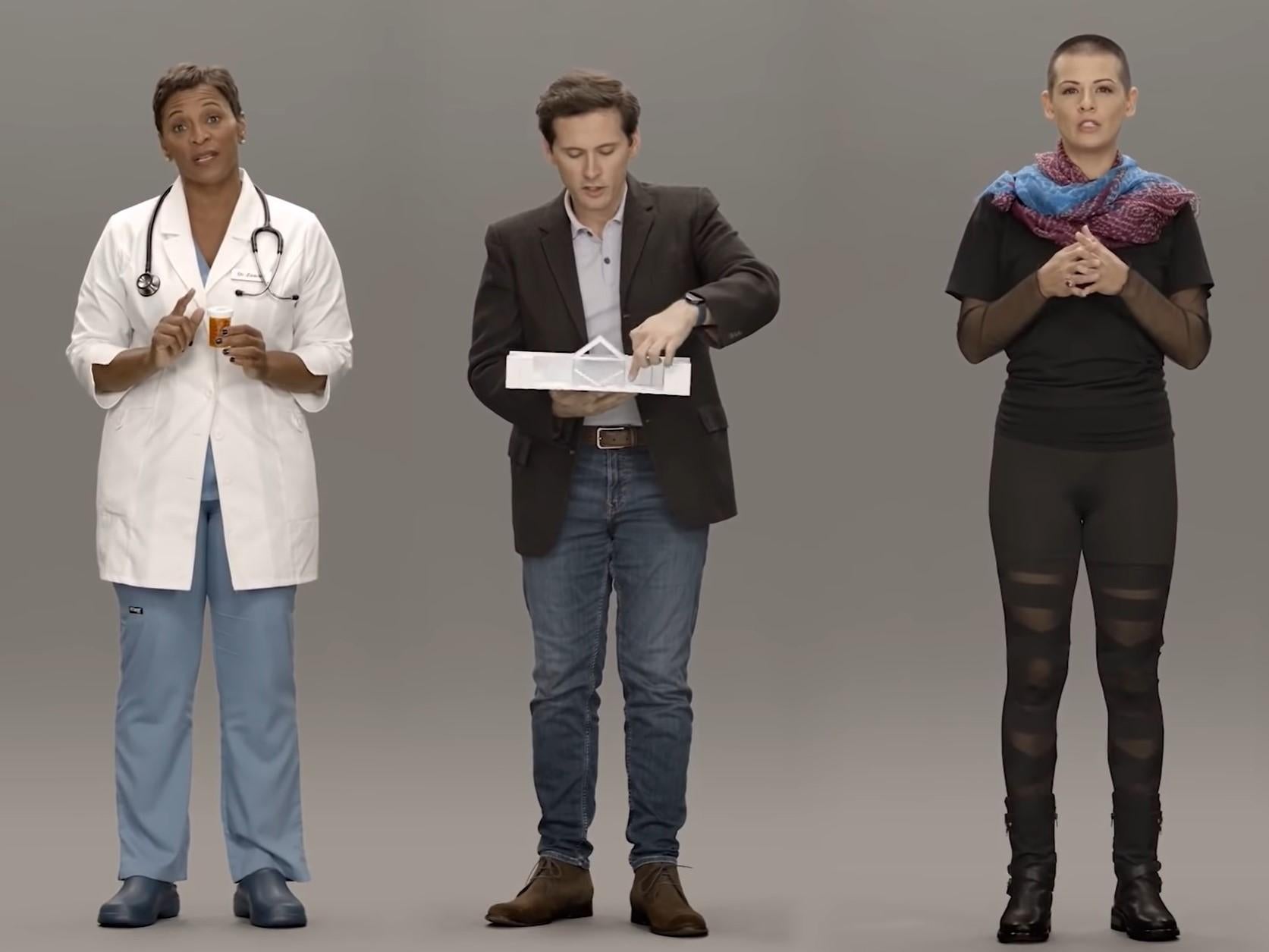Samsung's mysterious 'artificial human' project Neon creates lifelike AI
Not everyone is convinced by the ‘creepy and deformed’ avatars

Your support helps us to tell the story
From reproductive rights to climate change to Big Tech, The Independent is on the ground when the story is developing. Whether it's investigating the financials of Elon Musk's pro-Trump PAC or producing our latest documentary, 'The A Word', which shines a light on the American women fighting for reproductive rights, we know how important it is to parse out the facts from the messaging.
At such a critical moment in US history, we need reporters on the ground. Your donation allows us to keep sending journalists to speak to both sides of the story.
The Independent is trusted by Americans across the entire political spectrum. And unlike many other quality news outlets, we choose not to lock Americans out of our reporting and analysis with paywalls. We believe quality journalism should be available to everyone, paid for by those who can afford it.
Your support makes all the difference.Samsung has developed artificial intelligence avatars that are virtually indistinguishable from real humans, according to leaked footage of the firm’s secretive Neon project.
Developed by Samsung Technology and Advanced Research Lab in the US, it the latest artificial intelligence platform developed by the South Korean technology giant and appears to be the most human-like AI ever created.
The official unveiling is set to take place at CES in Las Vegas on Tuesday, though a full promo video was discovered within the source code of the Neon website.
Samsung dismissed rumours that Neon has anything to do with the company’s artificial assistant Bixby, stating that the project is unlike “anything you have seen before”.
One of the engineers working on the project, Pranav Mistry, revealed ahead of the launch that the technology can “autonomously create new expressions, new movements, new dialogue (even in Hindi), completely different from the original captured data.”
Not everyone was convinced by the realism of the avatar, with Twitter users describing them variously as “creepy and deformed“ and “weird“.
It is unclear what Samsung plans to use the technology for, though some speculate it could prove useful for online customer service, or to act as virtual receptionists at hotels and other establishments. It may even explore virtual reality settings, which is how other tech firms plan to use lifelike avatars.
In March 2019, Facebook announced its Codec Avatars project, which aims to allow people to create realistic versions of themselves using 3D capture technology.
The idea is to use these avatars within virtual reality worlds, meaning Facebook users could connect with friends and family in a three-dimensional social network. It is something referred to as “social presence”, and is reminiscent of the fictional worlds inhabited within the sci-fi novel Ready Player One.
Facebook claims the avatars would help “social connections in virtual reality become as natural and common as those in the real world”, and could be experienced using hardware built by its VR subsidiary Oculus.
Right now, proximity determines whom we have relationships with,” said Yaser Sheikh, the director of research at Facebook Reality Labs.
“The real promise of augmented reality and virtual reality is that it lets us spend time with whomever we wish and build meaningful relationships no matter where people live.”
Join our commenting forum
Join thought-provoking conversations, follow other Independent readers and see their replies
Comments